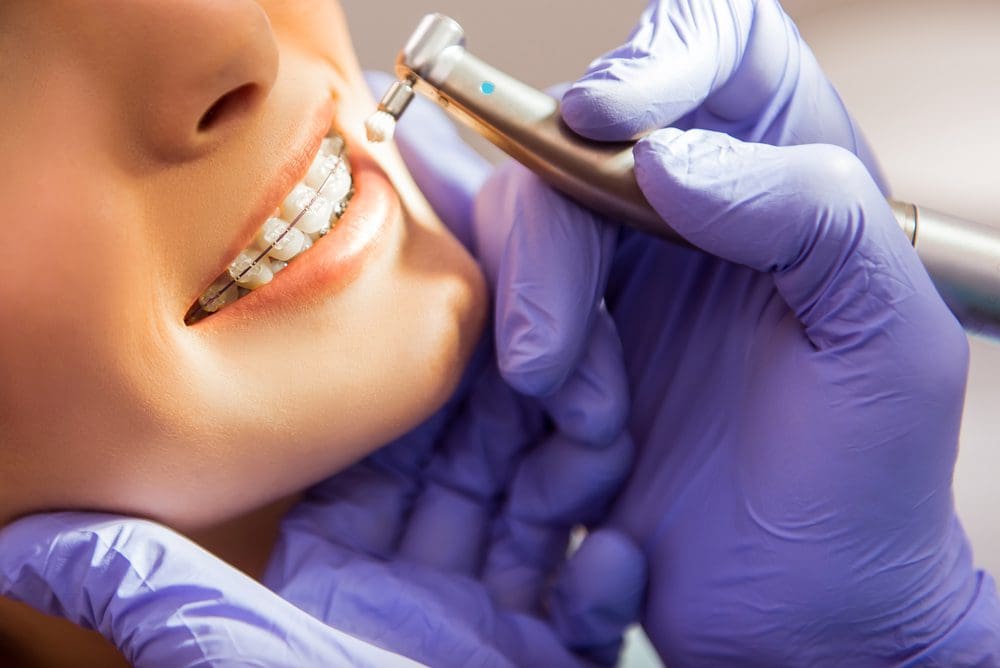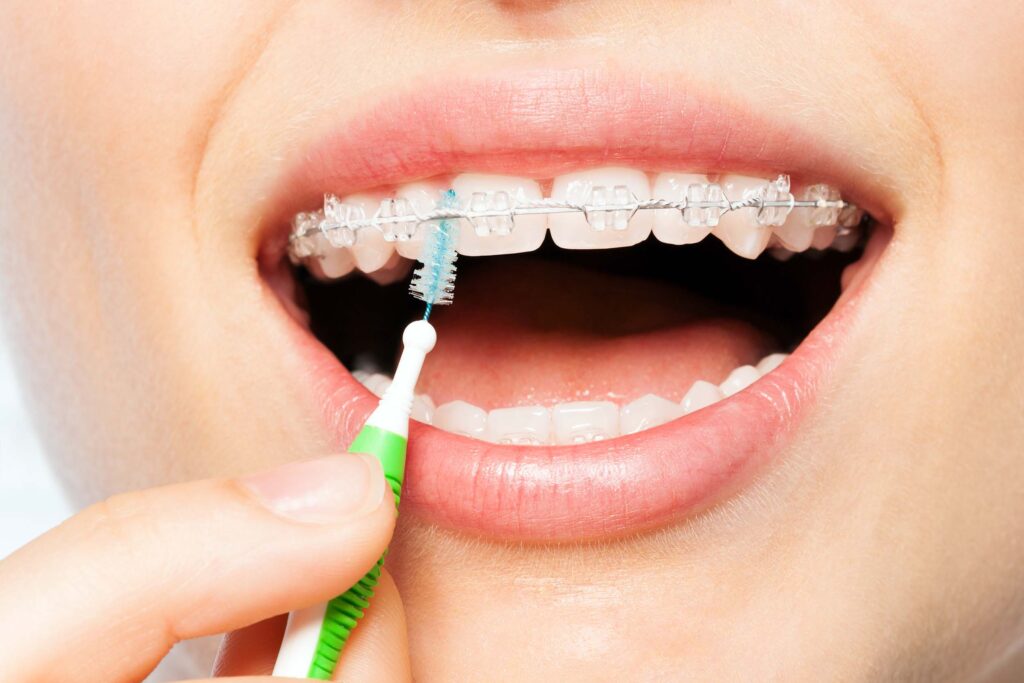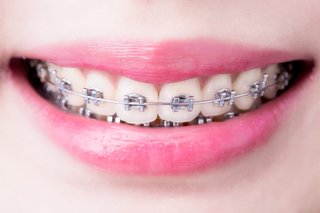Comprehensive Overview to Orthodontics Procedures for Dealing With Dental Imbalances
Recognizing the details of each treatment, including their systems, benefits, and potential downsides, is vital in making educated choices regarding one's orthodontic therapy. As we navigate with the extensive guide to orthodontic procedures for fixing dental imbalances, the intricate details of each technique will unfold, dropping light on the course towards a useful and unified dental positioning.
Orthodontic Procedures Summary

Along with standard braces and clear aligners, orthodontists may also suggest other treatments like headgear, palatal expanders, or retainers to deal with certain placement problems (aligners). These treatments are customized to each client's unique needs and may involve a combination of therapies to attain the preferred outcomes. Routine adjustments and monitoring are vital components of orthodontic treatment to make sure progression gets on track and to make any type of necessary adjustments along the road. By undergoing orthodontic treatments, people can not only accomplish a straighter smile but additionally boost their total dental wellness and feature.
Typical Braces: How They Work
When thinking about orthodontic treatments for dental misalignments, typical braces stick out as a tried and true method for correcting teeth placing. Standard braces are composed of braces, cables, and bands that collaborate to use constant pressure on the teeth, gradually relocating them right into the desired alignment. The braces are affixed to the teeth using an unique adhesive, and the cords are threaded via the braces. By adjusting the stress of the cables, orthodontists can control the instructions and pressure applied to each tooth, guiding them right into appropriate alignment in time.
As stress is applied to the teeth through the dental braces, the bone bordering the teeth is reshaped to sustain the brand-new tooth positions. People will require regular changes at the orthodontist's workplace to guarantee the braces proceed to use the appropriate pressure for efficient teeth motion.
Undetectable Aligners: Benefits And Drawbacks
These clear, customized trays are practically unnoticeable when worn, making them an appealing alternative for people seeking a more aesthetically pleasing orthodontic treatment. People can eliminate the aligners before eating or brushing their teeth, decreasing the threat of food obtaining stuck in the appliance and streamlining the cleaning procedure.

Surgical Orthodontic Options
Surgical interventions in orthodontics existing sensible alternatives for addressing complex dental misalignments that may not be successfully resolved through traditional orthodontic treatments. While unseen aligners and traditional braces can fix numerous orthodontic problems, specific situations need medical treatment to accomplish optimum implant dental clinic results. Surgical orthodontic options are usually suggested for serious malocclusions, substantial jaw discrepancies, and cases where the underlying bone framework requires alteration to achieve proper positioning.
One usual surgical orthodontic procedure is orthognathic surgical treatment, which involves repositioning the jaws to remedy functional issues such as difficulty speaking or chewing. This surgical procedure is often executed in cooperation with an orthodontist who helps align the teeth prior to and after the procedure. Surgical orthodontics might likewise involve treatments to subject affected teeth, remove excess periodontal tissue, or improve the jawbone to produce a more unified face account.
Before considering surgical orthodontic alternatives, individuals go through a comprehensive analysis to figure out the necessity and possible advantages of such interventions. cumming invisalign. While surgical treatment may appear overwhelming, it can dramatically enhance both the function and aesthetic appeals of the smile in cases where conventional orthodontic therapies drop short
Retainers and Post-Treatment Care

Post-treatment care entails complying with the orthodontist's guidelines vigilantly. This might consist of proper dental health techniques, attending follow-up consultations, and putting on the retainers as prescribed. Failure to abide by post-treatment care directions can lead to regression, where the teeth gradually move back in the direction of their original positions. Regular retainer wear, excellent oral health, and regular dental exams are crucial for maintaining the outcomes attained with orthodontic surgical procedure and making sure the long-term security of the corrected dental placement.
Conclusion
In final thought, orthodontic procedures offer various alternatives for correcting dental imbalances. Surgical orthodontic choices are offered for much more extreme imbalances. Generally, orthodontic procedures can effectively boost oral health and visual look.
As we navigate through the comprehensive overview to orthodontic procedures for correcting oral imbalances, the complex details of each method will unfold, dropping light on the path toward a unified and practical oral alignment. - cumming aligners
One of the most usual orthodontic therapies is the use of braces, which are composed of metal braces and wires that use gentle stress to progressively change teeth into the preferred position.When thinking about orthodontic therapies for dental misalignments, standard dental braces stand out as a time-tested technique for click this link dealing with teeth positioning. Furthermore, unseen aligners may not be appropriate for complicated orthodontic concerns that require more considerable teeth activity, as they are generally suggested for light to modest cases. Retainers are customized orthodontic gadgets created to hold teeth in their corrected positions after the completion of orthodontic treatment.